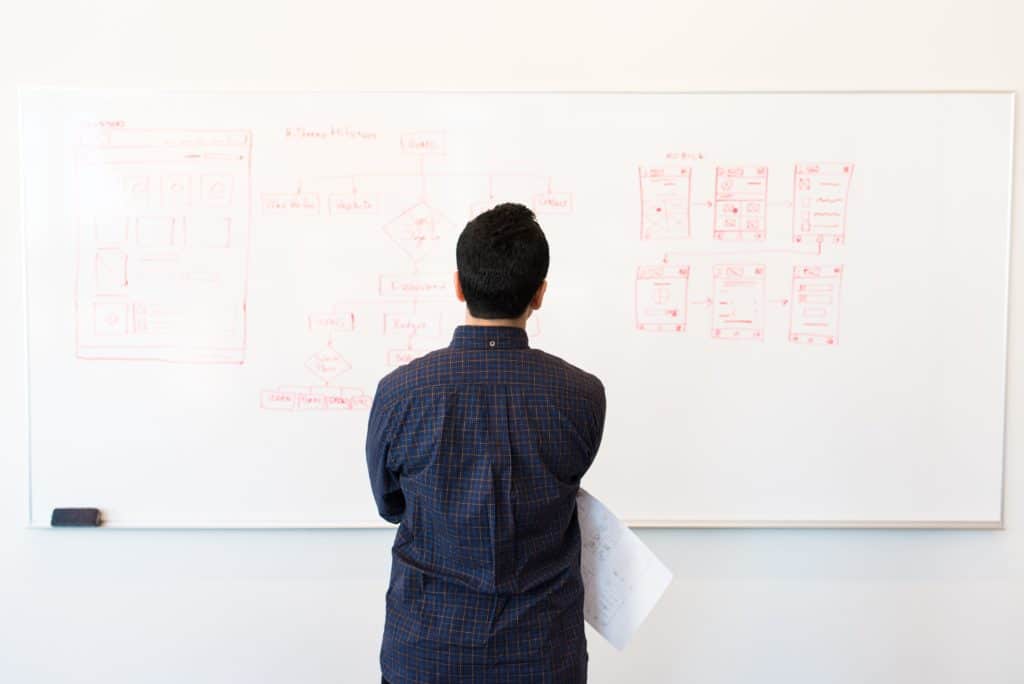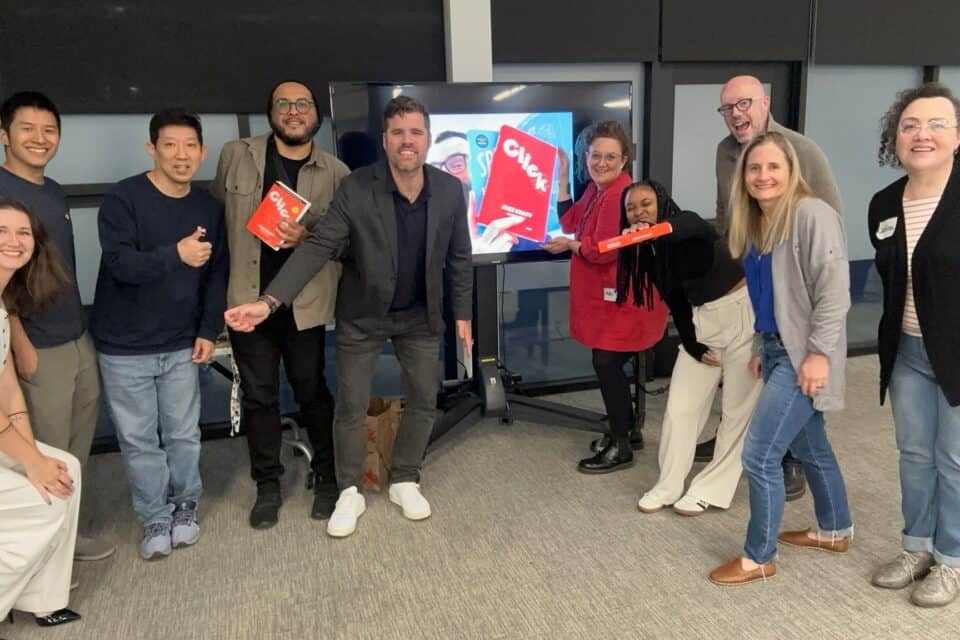How to be dogmatic about your meeting outcomes
Arguably one of the most famous Albert Einstein quotes is: “The definition of insanity is doing the same thing over and over again and expecting a different result.” If you are having the same meetings over and over again, expecting to learn or create something new – that is insanity! It is time to break out of your method biases and start having better, more magical meetings.
Method bias – and any kind of bias for that matter – exists because the human brain is programmed to turn repeated information and stimuli into mental shortcuts because this kept us alive in our hunter-gatherer days. Unfortunately, the human brain does not always know what is best for us now that our world is so much more complicated. Team facilitation is a much more complex task than identifying which leaves on a newly discovered bush are going to be sharp. Therefore, it is critical that we push past our impulses to rely on old habits lest we smother our teams’ innovative potential. Here are some strategies to eradicate your method biases, create a meeting agenda, and revitalize your meetings.

Backwards Design for a meeting agenda
The first step that must be taken to prevent method bias is to identify the desired outcome of your meeting. The activities you choose should be implemented for the sole purpose of delivering you to your desired outcome, so you need to understand where you’re going before you can start planning your journey. A plane does not take flight before it knows where it is going, and neither should you.
Backwards design is crucial for designing the activities that will fill your agenda. Just as you must let your objective lead the way when planning a meeting, so too must your desired outcome guide your methods. Don’t get stuck in old habits or rituals that do not properly serve your goal. Throw out frameworks created by others and devise a method specifically engineered to deliver your desired outcome. Trying to shoe-horn a system built for other teams or other projects will only end in both you and your team feeling frustrated or stalled.
Clear your mind of the impulse to use the same methods as always and reverse engineer your meeting activities to reach the outcome you want.

Don’t settle for an answer that’s too vague or broad when determining your desired outcome for your meeting agenda; drill down to the core of what you’re looking for. What are the deliverables you seek? What are you building? What does done look like? The better you understand what it is you’re looking to create, the more targeted you can be when devising your plan of attack. If you find that you’re having trouble moving past old methods created by others that have become habit, it is likely that you have not given enough thought to your outcome; return to it whenever you feel stuck.
This isn’t to say that you must construct every activity from scratch. Some methods are indeed tried-and-true. However, if you find yourself using the same few methods in every meeting, take it as a sign that you need to reconsider whether your methods are in service of your outcome. It may be that you’ve developed a repertoire of methods and activities that are flexible and multi-purposeful. If this is the case, that’s wonderful! On the other hand, it may be that you have replaced a previously held method bias with a new one.
Take Your Eggs from Many Baskets
Once you’ve solidly identified your meeting’s desired outcome, it’s time to decide how your participants will spend their time in service of that outcome once they are in the room. Look at your current go-to methods and consider where you first learned them. If your answer is “we’ve just always done it this way,” that is method-bias’s brightest red flag. Another warning sign is if all of your methods and activities were picked up from the same source.

As meeting-makers, we have been gifted with many talented facilitators, teachers, philosophers, and leaders who have shared their own unique methods and frameworks with us. It is natural to gravitate towards a particular framework or style, but you are doing yourself, and your meeting participants, a disservice by narrowing in on only one corner of this wealth of knowledge. You are standing in an orchard of facilitation wisdom; do not pick all your fruit from the same tree.
Do not feel pressured to color your agenda with a rainbow of different facilitation frameworks or philosophies, as this is likely to create a jumbled mess of mixed expectations for your participants. After all, methods within a framework are created to complement each other, so it stands to reason that they would be used together effectively. If you happen to find yourself stuck in a rut, picking up a few new ideas or activities from a new facilitation framework might be just the breath of fresh air your team needs to rejuvenate their creativity and engagement.

Don’t Be Afraid to Experiment
Breaking out of your bias may feel like a lot of pressure. People become comfortable in their routines and there can be a fear of judgment should a new approach fail. Release yourself from this pressure by recognizing that you will not be alone in trying anything new with your meetings. If you feel stuck in a routine or chained down by habit in your approach, your team does too. They will be excited to remove the weights of outdated or overdone meetings and soar to new heights of productivity, creativity, and collaboration.
Think of your new methods and activities as experiments; your hypothesis is that they will serve your team well, and you will either prove or disprove that hypothesis when you put them into action.
There should be no expectation that an activity is going to work flawlessly the first time you try it, nor that everything you try will be the right fit. You are a facilitation scientist, conducting experiments to find the best methods to reach your desired outcome. The failures are learning experiences just as valuable as those of the successes.
Need help building a better meeting? Bring in a professional facilitator from Voltage Control.
Voltage Control designs and facilitates innovation training, Design Sprints, and design thinking workshops, both in-person and virtual. Please reach out to us at hello@voltagecontrol.com if you want to talk.




